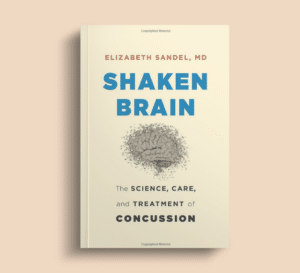Workplace Brain Injuries Require Specialized Care

To the average person on the street, watching Jim made the job of installing exterior windows on office buildings look easy. Watching Jim deftly place one window after another while atop a scaffolding apparatus, he appeared quite confident at his job.
In fact, the opposite was true. Although Sam was adept at his job, having installed windows for several years for another employer, he had recently taken a new job for higher pay with an employer who was far more lax about safety. While Jim enjoyed the larger paycheck, he worried more every time he stepped onto a scaffolding platform to do his job.
One day, while working alone, Jim fell from the scaffolding. Fortunately, his coworkers heard him cry out as he plummeted toward the concrete. When Jim woke up, he was inside an ambulance racing toward the closest hospital, sirens blaring. The pain in his head, arm, and chest was excruciating, and during the ride, Jim vowed that, if he recovered, he would find a less risky way of making a living. Then and there he decided that he didn’t want to end up like his buddy Greg, who had died two years earlier after falling from a roof, leaving behind a wife and three young children.
Jim’s dangerous job puts him in a large pool of at-risk workers. According to the Brain Injury Institute, construction is one of the highest risk industries for occupational traumatic brain injuries (TBIs). Other high-risk industries include transportation, agriculture, forestry, and emergency medical services. Across all industries, motor vehicle accidents are the number one reason for TBIs in the workplace.
While occupational TBI death rates have declined, nonfatal work-related TBI rates have increased substantially in the U.S., especially for fall-related injuries. At construction sites, falls are the most common cause of TBI, according to a study in the journal Brain Injury. However, injurious falls can happen even in office environments. The Brain Injury Institute reports that 20 percent of workplace TBIs happen from falls on wet or uneven surfaces, or over objects that are out of place.
Jim survived with a fractured elbow and several cracked ribs. He also had a concussion, which could have been more a more serious TBI if his hard hat had not been in good condition and properly secured. In addition to care for his fractures, that included surgery followed by therapy, Jim needed a coordinated program of services that included medical management of his headaches and insomnia, cognitive therapy for his deficits in concentration and memory, and physical therapy for dizziness caused by a condition called benign paroxysmal positional vertigo (BPPV). When his anxiety worsened, his physician referred him for a neuropsychological evaluation. Six months later, after gradual improvements in his depression and cognitive functioning, Jim was cleared by his physicians to go back to work. However, he knew he was not ready to go back on the scaffold again. He decided to return to a former job even though the pay was less. He would be happy again as a middle school custodian. He enjoyed the students and the work was safe. There was even a chance for advancement.
You Might Also Like
Managing Concussion-Related Pain
Dr. Steven Moskowitz is a physiatrist specializing in pain management. He discusses the various painful conditions, including neck pain and headaches, that occur at high frequency after concussion and related trauma. He advocates for a biopsychosocial approach to the evaluation and treatment of these conditions.
Workers with Concussions
Dr. Maureen Miner is a physiatrist and an expert in brain injury medicine. She discusses her approach to patients with concussion and more severe brain injuries who need specialty care and referral to other specialists for evaluation and treatment.
Discussion with Dr. Ernie Bryant
Dr. Ernie Bryant is a neuropsychologist with decades of experience treating people with brain injuries of all severities, including concussion. What is a neuropsychological evaluation? Dr. Bryant presents a case of a worker whose neuropsychological examination was complex as is often the case with brain injuries, especially concussions.
Keep up to date
Get updates on the latest in concussion, brain health, and science-related tools from Dr. Elizabeth Sandel, M.D.
By clicking SIGN UP, you agree to receive emails from Dr. Sandel and agree to our terms of use and privacy policy.
Get the book!



